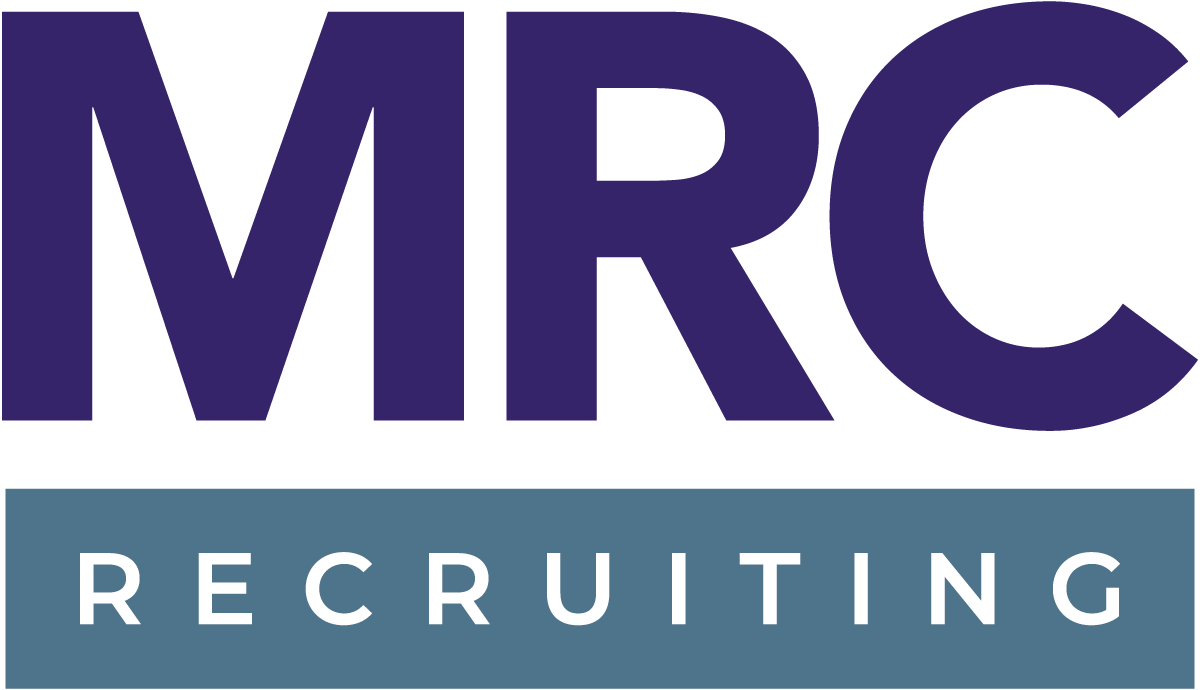Your resume is your first professional introduction to a potential employer. It’s a snapshot of your career summary and successes written with the aim to get you interviews.
Here are five common and critical mistakes applicants make on their resumes that hurt their candidacy:
1. FANCY FORMATTING
Candidates are always eager to add infographics, charts, and pictorial representations of their skills and strengths on their resumes. Moreover, two-column resumes with colorful fonts are also becoming increasingly popular. While graphical resumes with fancy and bold formatting are definitely eye-catching, they are significantly less successful in capturing recruiter attention in comparison to simple and “boring” resumes.
This is because an Applicant Tracking System (ATS) can’t read, summarize, or rank resumes that are heavily formatted. The average ATS is trained on machine learning algorithms and scans documents for specific data (usually text-only).
Hence, a traditional resume format is your best bet. Your resume should:
-
Be one-to-two pages long
-
Lay down all necessary information in a simple and easy-to-read, single-column format
-
Group similar ideas together
-
Break down paragraphs longer than five lines
-
Have balanced white space so that your resume does not look crammed with information and is visually appealing
You can learn more about improving your resume’s ATS compatibility here.
2. MISSING OUT ON KEYWORDS
One of the best ways to make your resume focused and to boost its ATS compatibility is by adding relevant keywords.
Keywords are nouns or noun phrases that ATS algorithms “catch.” They help indicate to employers that the candidate has skills that match their job requirements.
Keywords are generally divided into two categories: hard and soft keywords. Hard keywords are those that can be quantified or that someone can take a test for, for example, names of relevant certification programs. They are most important with respect to ranking in ATS. Soft keywords are skills that you cannot test for but they are critical to succeeding at your job, for example, strong interpersonal skills. Common keywords include job titles, terms, tools, technologies, degrees, licenses, certifications, training, patents, publications, and locations, such as MineSight and Mining Engineering.
How to find relevant keywords? Simply skim through your target job description and copy and paste the keywords and phrases you believe are the most important. The ones that are part of the core job requirements and also overlap with your experience should be placed at the top of your resume.
Apart from listing keywords at the top of your resume and in the technical skills section, you should also sprinkle them throughout your resume, especially in the experience section.
3. LISTING RESPONSIBILITIES, NOT ACCOMPLISHMENTS
Accomplishments are the meat of your resume – they are what make you stand apart from any other candidate. However, many job seekers have resumes that read like job descriptions because they are simply a collection of duties!
A duty is a responsibility. It’s a task you were assigned to do. Meanwhile, an accomplishment is the successful achievement of that task.
Most candidates focus on responsibilities in an attempt to align their resumes with target job descriptions. However, this is an ineffective approach because any person holding that job title is expected to perform those responsibilities. Instead, talking about the results you achieved when executing those responsibilities is what shows the true value you bring to the table.
Consider the following two bullets:
Example 1:
Manage accounts and deliver strategic initiatives by leveraging team skill, infrastructure, and management systems across operational mining value-chain.
Example 2:
Delivered $300M digital technology solutions after spearheading 8 enterprise-wide cross-functional teams engaged with PaaS and IaaS vendors; facilitated seamless operations across the mining value chain.
As you can see, the second one is more impressive because it also shows the results the candidate achieved while he was performing his duties. If you struggle with identifying and writing your accomplishments, you can read this in-depth guide on writing accomplishments.
4. BAD-MOUTHING PREVIOUS EMPLOYERS
This is a common mistake that candidates make when adding accomplishments to their resumes. Showing a before and after picture of your contributions can paint an impressive picture. However, you have to be careful when your primary challenge was overcoming internal operational and leadership gaps.
Remember, hiring managers will always sympathize with your employer rather than you as they also represent company management. So, if you trash talk your previous employers or peers, you may come across as an unprofessional individual who doesn’t respect their colleagues or leaders.
In such cases, it is best to focus more on your actions and results rather than the challenges. Let’s see the two examples below:
Example 1:
Improved OSHA inspection clearance by rectifying safety challenges caused by a lack of leadership investment in safety training. Developed a safety program; provided OSHA training to key managers, designed prevention plans, and initiated accident reporting.
Example 2:
Improved OSHA inspection clearance by developing a holistic safety program; created a safety team, ensured OSHA certification for all key managers, and initiated accident reporting; held weekly meetings to develop and review prevention plans.
As you can see, the first bullet paints the company leadership in a poor light while the second one draws attention to the candidate’s actions towards safety improvement.
5. LACK OF DIRECTION
A resume performs best when it has a clear direction i.e., it’s targeting one job title, such as a “Mine Manager”.
This is because hiring managers go through hundreds of resumes so your resume only has seconds to make an impression. If they are not able to identify your goals and strengths at a glance, they will move on to the next candidate. Hence, your resume should have a strict filter on the content, sharing only information that is relevant to the recruiters’ hiring needs.
You can do this by highlighting the skills and accomplishments that the potential employer is looking for.
This is an easy, three-step process:
-
Study your target job listings and look for similarities between the job descriptions and your previous work experience
-
Tailor responsibilities to create your unique value-addition
-
Highlight keywords that build your case.
This way, when the hiring manager reads your resume, they will instantly see your appeal as a candidate meeting their core requirements.
A vague resume that is trying to target multiple career directions will not get traction and limit your chances of success. If you are struggling to choose jobs that best fit your history, you can read more about strategizing a focused job search here.
AVOIDING THE MISTAKES
By avoiding these mistakes, you can create an accomplishment-heavy, keyword-optimized, and ATS-compatible resume that will get you callbacks. However, if you are still unsure about how to disguise problem points and emphasize accomplishments in your resume, you can upload it here. One of our expert resume writers can review your resume and suggest improvements.
Our guest blogger this month is Umema Aimen is a Career Services Delivery Manager at CareerTuners, our resume writing partner firm. If you’d like to discuss your career goals with her, she can be reached at umema@careertuners.com
If you’re looking to make a career change, MRC can help connect with us or submit your resume.

